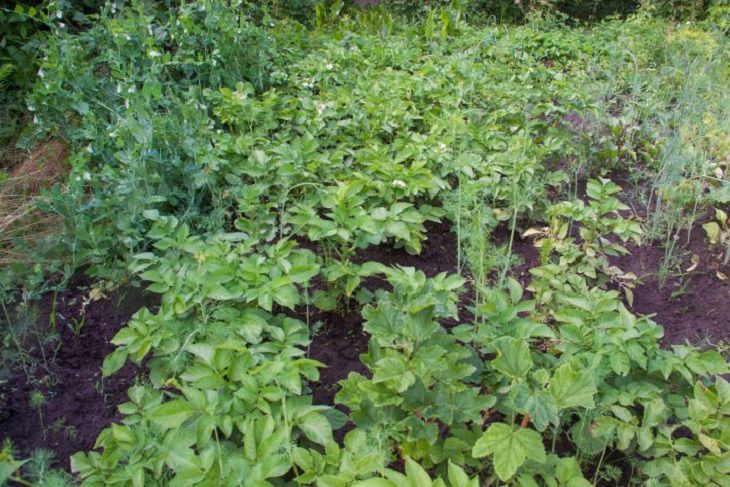How to Fight Scab on Potatoes: Advice from Gardeners
When growing potatoes on their plot, most summer residents understand perfectly well that their condition requires constant monitoring.
One of the most unpleasant diseases is scab, which can significantly reduce the quality and quantity of the harvest.
Therefore, it is worth figuring out how to effectively combat it and what needs to be taken into account. Anastasia Kovrizhnykh, an expert of the online publication "BelNovosti", an agronomist and landscape designer, will help us with this.
What You Need to Know About Scab
Before moving on to control methods, it is worth understanding what scab is. It is a fungal disease that affects potato tubers, covering them with a crust and causing cracks.
There are several types of scab, but the most common are common scab and powdery scab.

Scab may appear due to:
1) incorrect crop rotation;
2) lack of nutrients;
3) excessive humidity.
It can also move from a neighboring area.
Which varieties are resistant to scab?
One of the first recommendations from experienced gardeners is to choose potato varieties that are resistant to scab.
The most popular varieties include:
• "Gala";
• "Adretta";
• "Romano" and others.
These varieties have natural resistance to the disease, which significantly reduces the risk of its occurrence.
Crop rotation
Experienced gardeners advise not to plant potatoes in the same place for several years in a row.
Ideal predecessors for potatoes are legumes, corn and cabbage.
These crops help improve the soil structure and saturate it with essential microelements.
Competent watering and mulching
Excessive moisture is one of the reasons for the development of scab. Therefore, it is important to control the watering regime.
Experienced gardeners advise watering potatoes moderately, avoiding over-wetting the soil.
It is also useful to use the mulching method. Mulch made from straw, hay or compost helps retain moisture in the soil, preventing it from drying out and forming a crust.
Biological and chemical protection
Among biological methods, preparations based on Trichoderma, a fungus that suppresses the development of pathogenic microorganisms, are popular.
Chemical means include the use of fungicides such as Fundazol or Topsin-M.
Folk remedies
Folk methods of fighting scab are also not ignored. You can use infusions and decoctions of herbs, such as garlic, onion peel or calendula.
These plants have natural antiseptic properties and help reduce the risk of infection.
Earlier we talked about whether it is possible to sprinkle soda on the beds.
